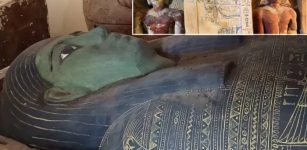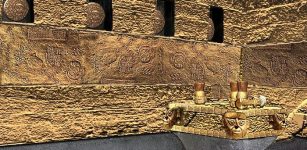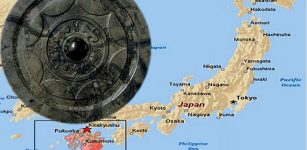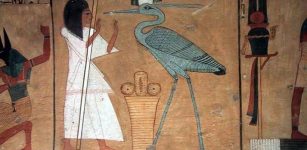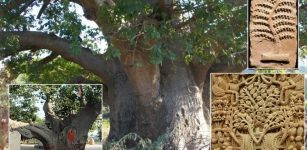Is The World’s Oldest Zero Hidden In The Bakhshali Manuscript?
A. Sutherland - AncientPages.com - The history of the number zero goes very far back in time, but no-one knows with certainty when and where people started to use the number.
There is evidence of counting that stretches back five millennia in Egypt, Mesopotamia, and Persia. The concept of zero, initially banned as heresy, was eventually allowed for the development of calculus, and underpins the digital age.
Last month, scientists announced an ancient Indian text could re-write the history of zero and mathematics.
Known as the Bakhshali manuscript, named after the village where is was discovered this precious ancient text consists of 70 leaves of birch bark, filled with mathematics and text in the form of Sanskrit.
This ancient valuable manuscript has been housed by the University of Oxford’s Bodleian library since 1902. Oxford's radiocarbon dating laboratory revealed that the three of the birch-bark folios of the Bakhshali Manuscript could be dated to roughly 300 CE, 700 CE and 900 CE.
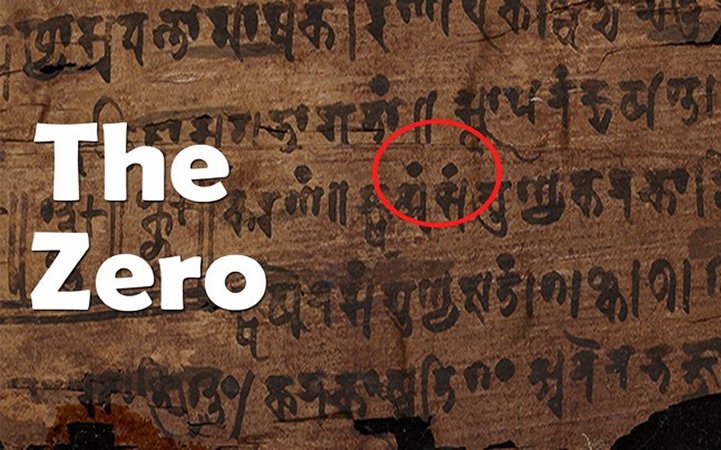 The zero is found as a dot on The Bakhshali Manuscript
The zero is found as a dot on The Bakhshali Manuscript
Have We Finally Found The Oldest Known Written Zero?
The Oxford library also announced that the zero in the manuscript was not a "true" zero, in the sense that it functioned only as a marker showing an empty decimal place, and not as a fully-fledged number that participates in calculations.
An international group of historians of Indian mathematics has now challenged Oxford's findings.
The team, which includes scholars from universities in the USA, France, Japan, New Zealand and the University of Alberta in Canada, has published a peer-reviewed article that refutes several of the Library's key assertions.
The scholars argue that the work written on the leaves of the Bakhshali manuscript is a unified treatise on arithmetic that must have been written at the time of the latest of the manuscript's leaves, not the earliest.
Bakhshali manuscript – Image credit: Bodleian Library
The treatise shows no signs of being a jumble of fragments from different periods. Both the handwriting and the topic being discussed are continuous across the boundary of the first two dated leaves. It looks very much as if the scribe, who may have lived at the end of the eighth century, wrote out his treatise on a group of leaves that had been manufactured at very different times.
But of greater significance for the history of mathematics is the authors' evidence showing that the Bakhshali treatise does indeed know the "true" zero, and contains calculations like long multiplication that would have necessitated using zero as an arithmetical number. Furthermore, the treatise even contains a statement saying, "having added one to zero...," thus proving that the early Sanskrit author was thinking about zero in a numerical way.
Written by - A. Sutherland Senior Writer AncientPages.com
Expand for references






